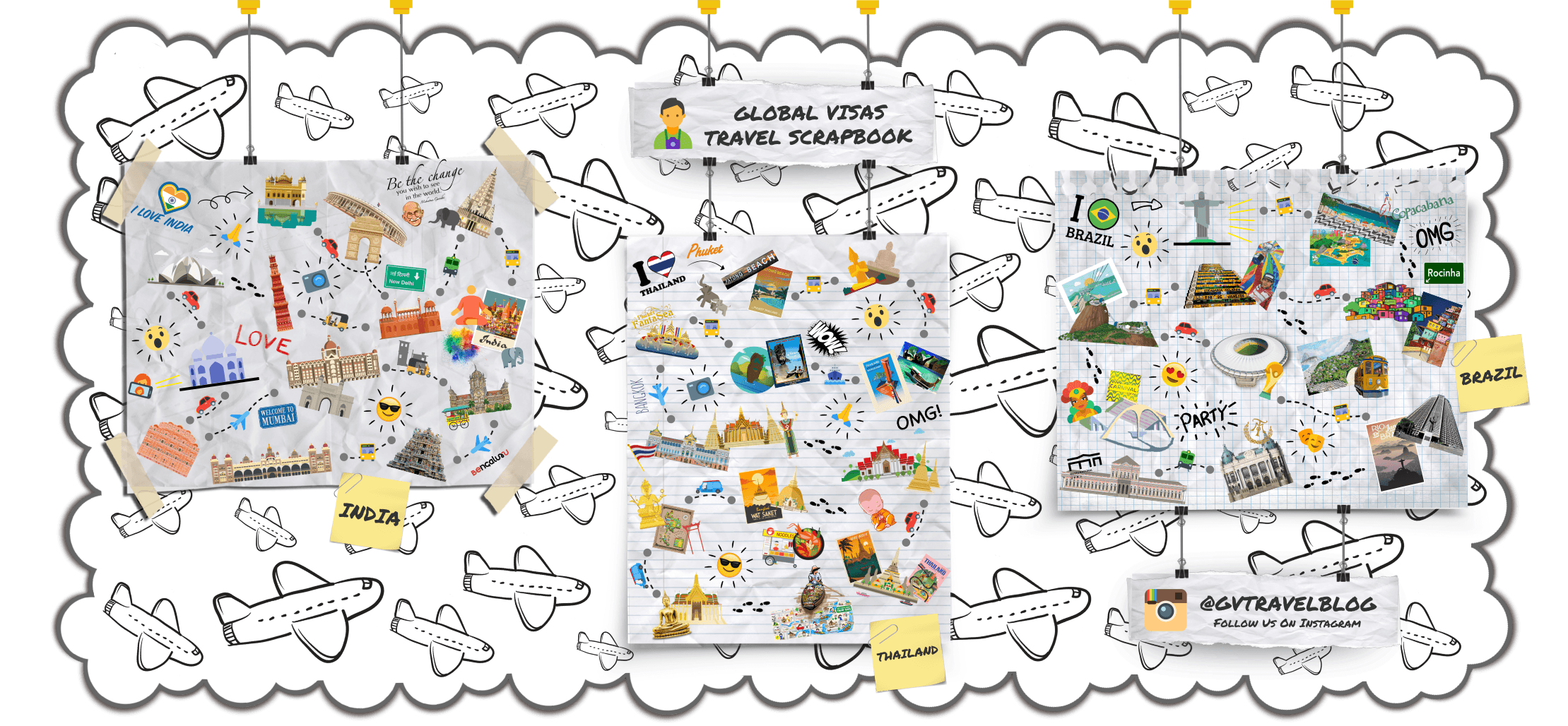Being such a small country (300 km as its maximum distance), you can get anywhere in a couple of hours. Public transport, when fully functioning, is fast and comfortable, and not too expensive. Between larger cities, there are frequent train connections, with buses covering smaller distances. A useful site is InfoTEC, which has a door-to-door routeplanner for the whole country, covering all forms of public transport (including train, bus, subway and tram).
A look on the map may suggest that Brussels is a good starting point to explore Antwerp, Ghent, Bruges, Namur and Leuven on day trips. Antwerp is popular among those who want to be in a cosmopolitan place, and Ghent is tops with those who like a good mix of open-minded provincialism. Liège is beautiful, but too close to Germany to be a good base for day trips. Mechelen is considered boring by tourists, but has a very good youth hostel next to a train station with trains to everywhere else every 30 min.
To do some local sightseeing, especially in Flanders, a lot of infrastructure is available for cycling. Bikes can be rented virtually everywhere. In the country side of Wallonia, mountainbikes are available, and rafting is popular along the border with Luxembourg.
BY TRAIN:
Belgianrail.be journey planner. Use this journey planner operated by Belgian Rail to find train itineraries and prices.
Most of Belgium is well connected by train, run by NMBS (SNCB in French) with most of the main routes passing through Antwerp, Namur or Brussels. This is where you’ll arrive on international trains, and both can be reached by train from Brussels airport or by coach from Antwerp or Charleroi airport. Transfers are very easy. All ICE and some Thalys tickets allow free same-day transfers by domestic trains to any other Belgian station. Also, there are Thalys trains from Paris directly to Ghent, Bruges and Oostende with no need to switch trains in Antwerp or Brussels. From London (by Eurostar) you need to switch in Brussels for Antwerp, Leuven or Ghent, but for Bruges, you can already switch in Lille (France) with no need to make the detour via Brussels. In Lille and Brussels the staff are very helpful and willing to smile.
The trains are punctual and mostly modern and comfortable.
Normal fares on Belgian trains are cheap compared to Germany or the UK, with no need nor a possibility to prebook or reserve. 2nd class fares don’t go much higher than €20 for the longest domestic trips, and 1st class costs 50% extra. Trains can get very full during the rush hours, so you might need a 1st class ticket to get a seat at those times. You can buy normal tickets online or in stations, but not usually in travel agencies. If you want to buy a ticket on the train, you have to warn the train conductor and a supplement will be charged, unless ticket offices in the departure station are closed. In the train station, you can pay with cash or credit card. Not buying a ticket can cost you up to €200. Return tickets are 50% cheaper at the weekend.
Normal tickets are sold for a designated day, so there is no extra validation when you step on a train.
The cheapest option if you’re planning several train trips is a Go Pass, which gives you 10 single 2nd class trips (including train changes if necessary) for €50. It’s valid for a year and can be shared with or given to other people without any restrictions. The only problem is you have to be younger than 26, but there’s a more expensive version for older people called a Rail Pass. This costs €77 for 2nd class or €117 for 1st. When using these passes make sure you have filled in the line before you get on the train (strictly speaking: before you enter the platform). The train conductor can be very picky when the pass is not correctly filled in. However, if you address train station staff before boarding, they will be glad to help you.
If you’re visiting a certain event or concert, be sure to check if your train travel isn’t already included in the ticket. Some mayor festivals and concert like Rock Werchter, Pukkelpop or I Love Techno include train travel in the ticket price. For visiting special places like theme parks or museums, inform for the option ‘B-Excursions’. That way you buy your entrance ticket and train ticket in one at the train station. This always is low-priced, normally resulting in normal entrance ticket price plus €4-5 for travel. The desk agent will surely point you out the details.
The NMBS website has a searchable timetable with delay information, and a fare calculator. You can also find a map of Belgian railways and stations.
Train schedules usually change around December 10. Those changes are usually limited to introducing a few new train stations and adding a few regular lines. No lines have been discontinued in a very long time.
The national rail network also operates local trains (L-trains). Recently, a few major cities have gotten S-trains (suburban rail networks) – Brussels in 2015 and Antwerp, Charleroi, Ghent and Liege in 2018. These systems usually replace maost of the L-trains within 30 km of the city. They are not well publicized and it can be difficult to find information on them in English, especially for the ones not in Brussels. The systems are mainly built for commuters in nearby areas, but can also be used for some in-town trips. Each S-train line in the entire country has a different number. S1 is shared by Antwerp and Brussels due to the short distance between the cities and the small size of the country in general, so it can be used for slower intercity journeys there (although the IC can go between the cities faster for the same price, 45 min vs 1hr 20min).
BY BUS AND TRAM:
Buses cover the whole country, along with trams and metro in the big cities. Most routes cover short distances, but it is possible to go from city to city by bus. However, this is much slower and only slightly cheaper than taking a train. There is also the Kusttram, running along almost the whole Flemish seaside from France to the Netherlands—definitely worth a trip in the summer.
Within cities, a normal ticket for one zone never costs more than €2, and there are various travelcards available. Local transport is provided by different companies: STIB/MIVB in Brussels, De Lijn in Flanders and TEC in Wallonia, and, outside Brussels, they don’t accept each other’s tickets. Tickets are cheaper when bought at ticket machines.
Most tourists will not need the bus companies, as it is much more user-friendly to take trains between cities and go on foot inside them. Only Brussels and Antwerp have a subway, but, even there, you can make your way around on foot. The historic center of Brussels is only about 300 m (980 ft) by 400 m (1,300 ft) long. Antwerp is much bigger, but a ride on a horse-pulled coach gives a better view than the subway.
BY CAR:
Belgium has a dense network of modern toll-free motorways, but some secondary roads in Wallonia are poorly maintained. Signs are always in the local language only, except in Brussels, where they’re bilingual. As many cities in Belgium have quite different names in Dutch and French, this can cause confusion. For example, Mons in French is Bergen in Dutch; Antwerp is called Antwerpen in Dutch and Anvers in French; Liège in French is Luik in Dutch and Lüttich in German, and so on. This even applies to cities outside Belgium; driving along a Flemish motorway, you may see signs for Rijsel, which is the French city of Lille or Aken, which is the German city of Aachen. Exits are marked with the word Uit (out) in Flemish areas, Sortie in Walloon areas and Ausfahrt in German-speaking ones.
Drivers in Belgium should also be aware of the “priority from the right” rule. At road crossings, traffic coming from the right has the right of way unless otherwise indicated by signs or pavement markings. You’re most likely to encounter such crossings in urban and suburban areas. Observant visitors will notice a lot of cars with dents along their right sides! Drive defensively and your car will avoid the same fate.
In Belgium the motorway signs are notoriously inconvenient, especially on secondary roads. There is no uniformity in layout and colour; many are in bad state, placed in an awkward position or simply missing. A good roadmap (Michelin, De Rouck, Falk) or a GPS system is recommended. Belgium is one of the few countries to solely use the European E numbers on major routes.
As well as fixed-speed cameras on motorway and secondary roads there are also average-speed cameras that run for a good number of miles on motorways around major cities.









